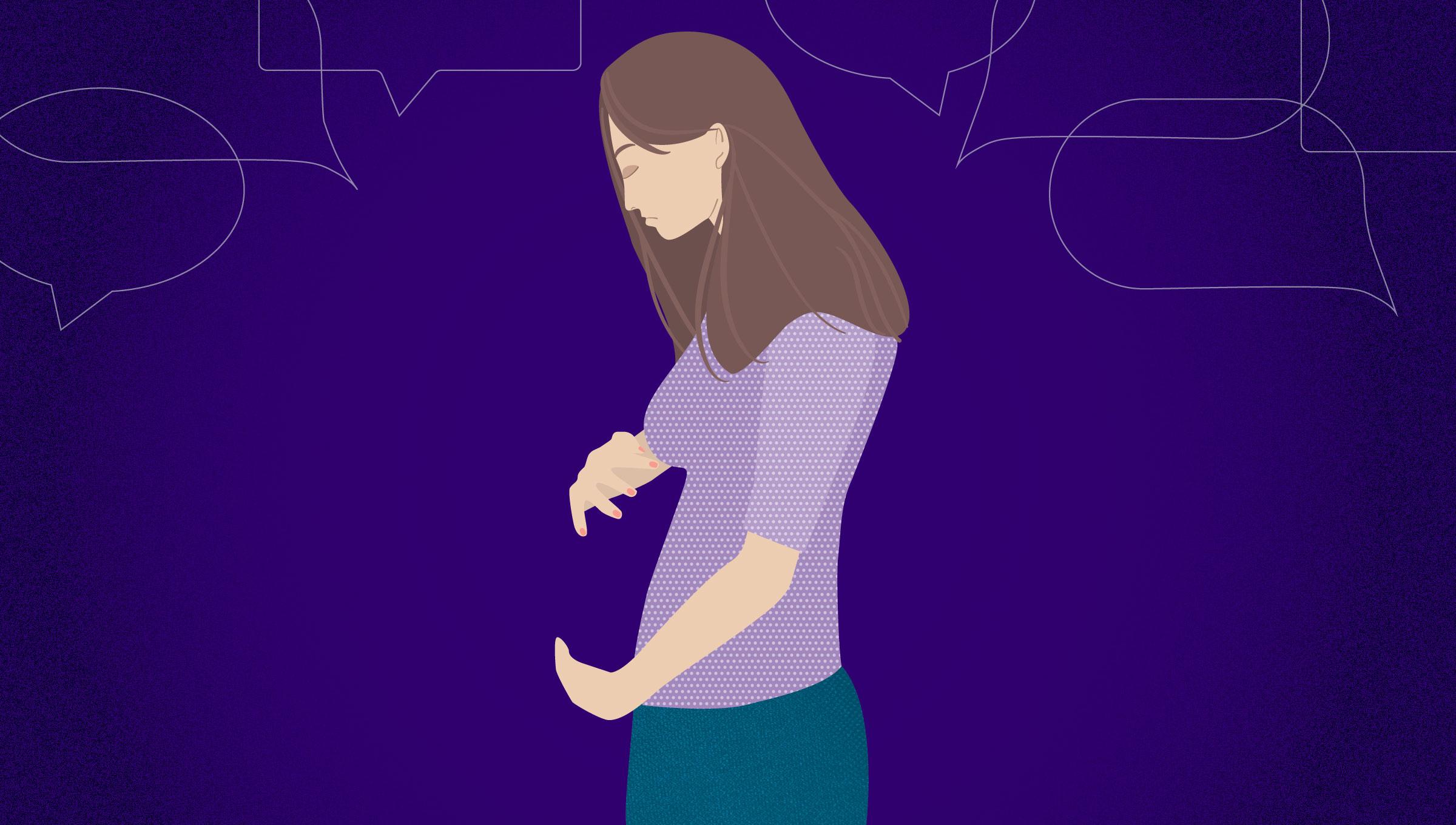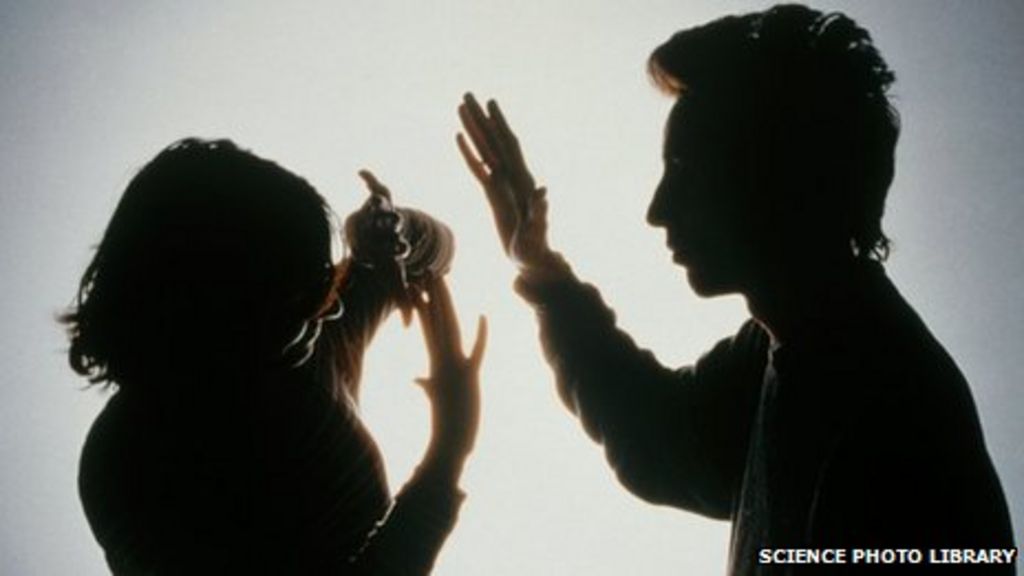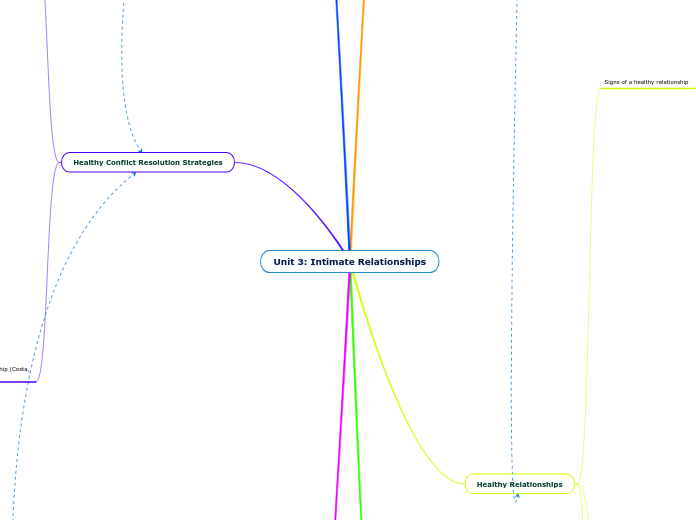Unit 3: Intimate Relationships
Theories of Attraction and Mate Selection
Evolutionary Psychology:
States that sexual attraction can date to our prehistoric ancestors (Costa, 2020)

Ie: Most attractive most likely to survive and therefore reproduce for generations (Costa,2020)

Mate selection is decided based on sexual selection (Costa, 2020)

Sexual selection is done to ensure the procreation and survival of children (Costa, 2020)
Historical Preferences:
The most favorable characteristics people have looked for in a potential partner (Costa, 2020)

Ie: Women are attracted to good providers (Costa, 2020)
People who appear strong and aggressive (Costa, 2020)
People who provider for offspring (Costa, 2020)

Ie: Men are attracted to fertile women
Various physical preferences (Costa, 2020)
For women to have an hour-glass figure (Costa, 2020)
Ability to bear healthy babies and feed them (Costa, 2020)
Social Homogamy:
Sociologists suggest that individuals are attracted to people that are similar to them (Costa, 2020)

Ie: Similarities in appearance, age, race, religion, education and socio-economic status (Costa, 2020)
Individuals who take part in social homogamy often share common values (Costa, 2020):

Social values (Costa, 2020)

Cultural Values (Costa, 2020)

Economic values (Costa, 2020)

Live similar lifestyles (Costa, 2020)
Ideal Mate Theory:
This theory supports the idea of “love at first sight” (Costa, 2020)

This theory states that attraction is based on an individual’s image of the “ideal mate” (Costa, 2020)
A person’s image of the ideal mate is formed from their perceptions and personal taste (Costa, 2020)

ie: of the physical appearance (Costa, 2020)

cultural factors (Costa, 2020)

socio-economic factors they value (Costa, 2020)

Differnt life experiences (Costa, 2020)

The way a person was raised (Costa, 2020)
Social Exchange Theory:

When people analyse the pros and cons of being in that relationship. (Costa, 2020)
The relationship often lasts if one or both parties feel that there are more positives that outweigh the negatives present. (Costa, 2020)
More negatives than positives (Costa, 2020)
Results in a non sustainable relationship (Costa, 2020)
More positives than negatives (Costa, 2020)
Results in a longer lasting relationship (Costa, 2020)
Complementary Needs:

The process where individuals select partners whose needs are opposite and complementary to their own. (Costa, 2020)

This is done so that the partner can fulfill needs and gaps that the individual may have. (Costa, 2020)
This is also by choosing a partner whose strengths compensate for one’s weaknesses (Costa, 2020)

Ie: A quiet individual seeking a relationship with a louder and extroverted person (Costa, 2020)
This is similar to the saying " opposites attract" (Costa, 2020)
Healthy Relationships
Signs of a healthy relationship
Being yourself:

To feel comfortable around your partner. (Costa, 2020)
It’s important to be yourself and express yourself (Costa, 2020)
Honesty:

To feel comfortable discussing problems or concerns in a relationship. (Costa, 2020)
Good communication skills:

To discuss things that are important to you or your relationship. (Costa, 2020)

To ask each other what you’re thinking and feeling and you listen to each other. (Costa, 2020)
Respect:
Gaining respect and support each other (Costa, 2020)
Listening to each other’s concerns. (Costa, 2020)

Respecting everyone’s boundaries to not make anyone uncomfortable. (Costa, 2020)
Trust:

The ability to feel safe with someone and rely on someone (Costa, 2020)

Trust includes believing that someone will be honest with you and keep their promises. (Costa, 2020)
Feeling safe:

Feeling threatened is an example of an unhealth relationships (Costa, 2020)

Both partners should safe emotional and physical (Costa, 2020)
Signs of an unhealthy relationship
Physical abuse:

your partner pushes you, hits you or destroys your things. (Costa, 2020)
Control:

your partner tells you what to do, what to wear or who to hang out with. They constantly check up on you or use threats to make you do things. (Costa, 2020)
ie: to harm one's self
Humiliation:

your partner calls you names, puts you down or makes you feel bad in front of others. (Costa, 2020)
Unpredictability:

your partner gets angry easily and you don’t know what will set them off. You feel like you’re walking on eggshells. (Costa, 2020)
Pressure:

your partner pushes you to do things you don’t want to do or aren’t ready for, including sex or using drugs and alcohol. They don’t take “no” for an answer and they use threats or ultimatums. (Costa, 2020)
Dealing with small conflicts
Arguments:
Stay calm:

try to speak calmly, no matter how upset they may be. (Costa, 2020)
Don’t accuse:

Explain your feelings rather than blame or accuse the other person. (Costa, 2020)

Good approach to the situation: “I felt hurt and embarrassed (Costa, 2020)

Bad approach to the situation: “You think I’m an idiot.” (Costa, 2020)
Address the problem:

Shows what the desired change is. The goal is for a solution rather than winning the argument. (Costa, 2020)
Step back:
when tempers are hot, take a break. Suggest that you talk about it in a day or two, after you’ve both had time to cool off and think. (Costa, 2020)
Issues in couple relationships
Various crises can appear in a relationship
Family Life Cycle Frame work
This explains that crises faced in relationships can be categorized as normal and predicable (Costa, 2020)

Normal crises include (Costa, 2020)

adjustment to marriage (Costa, 2020)

Giving birth to a child (Costa, 2020)

Teenage dilemmas that come with having children (Costa, 2020)

Children leaving home or moving out (Costa, 2020)

Retirement of parents (Costa, 2020)

Growing old together (Costa, 2020)

Non normative crises include (Costa, 2020)

Unemployment or being laid off of work (Costa, 2020)

Infertility, the inability to have children (Costa, 2020)

Illness, causing financial issues and emotional distress (Costa, 2020)

Infidelity, causing family conflicts such as divorce (Costa, 2020)
Conflicts within relationships

Conflicts are natural in relationships and include issues that a couple faces together (Costa, 2020)
Sources of conflict in a relationship (Costa, 2020)

Balancing job and family (Costa, 2020)
Frequency of sexual relations (Costa, 2020)

Debt brought into marriage (Costa, 2020)

Financial situation (Costa, 2020)

Household tasks (Costa, 2020)
Explanations for marriage (Theoretical Perspectives)
Intimacy
Domains of Intimacy

Emotional Intimacy (Costa, 2020)

Intellectual Intimacy (Costa, 2020)

Social Intimacy (Costa, 2020)

Sexual Intimacy (Costa, 2020)

Recreational Intimacy (Costa, 2020)
Types of marriages/ Families

Same sex marriage
A married couple where both individuals are the same gender (Costa, 2020)

Common law marriage
A couple who has lived together for more than a year. Similar to a married couple, but without the marital status (Costa, 2020)

Polygamy
One person who engages in multiple relationships at the same time (Costa, 2020)
Division of labour
Roles seen within a marriage

Men often financially provide for the family

Women often care for children and do household work

Single parent families
Lone parent families can be a result of a divorce, seperation, or death of a spouse (Costa, 2020)

Remarriage
a second marriage that takes place after a separation from a previous spouse

Responsibilities behind family law
Includes: separation, divorce, custody, child or spousal support, etc. (Costa, 2020)

Separation and divorce
Marriages that can end in either Annulment or Divorce (Costa, 2020)
The average ages of marriage
In 1950
Men got married at age 29 (Costa, 2020)
Women got married at age 26 (Costa, 2020)

In 1960 - 1970
Men got married at age 25 (Costa, 2020)
Women got married at age 23 (Costa, 2020)

In 2008
Men got married at age 32 (Costa, 2020)
Women got married at age 30 (Costa, 2020)
Theories
Exchange Theory
Social exchange states that it is the valuing of the benefits and costs of each relationship that determine whether or not we choose to continue a social association. (Cherry, 2019)
Symbolic Interactionalism
Social behavior that emphasizes linguistics and communication. (Learning Sociology, 2018)
The is about the role of language in the formation of people in relationships or children as a social being. (Learning Sociology, 2018)
Life- Course perspective
Theory that seeks to understand the multiple factors that shape people’s lives from the beginning until the end of a person's life (Hutchison, 2010)
Functionalism
A theory of society that focuses on the structures that create the society and on how the society is able to remain stable. (Functionalism, 2018)
Healthy Conflict Resolution Strategies
Strategies on managing relationship conflicts (Costa, 2020)
Express opinions and being openly honest with each other (Costa, 2020)
Focusing on the issue at hand and taking on one problem at a time (Costa, 2020)
Trying to understand the other person’s perspective. (Costa, 2020)
Recognize your own influence on the interaction and the other person’s response (Costa, 2020)
Responding and communicating with a positive attitude (Costa, 2020)
being open to reaching a compromise by negotiating a solution that suits both people (Costa, 2020)
What determines a healthy and successful relationship (Costa, 2020)
Having similar values (Costa, 2020)
Enjoying similar fun activities (Costa, 2020)
Having a balance of power in the relationship (Costa, 2020)
Both partners having the ability to make decisions (Costa, 2020)

Having a common friend group or common interests (Costa, 2020)

Having an active social life together (Costa, 2020)
Current statistics and/or demographics
Intimate partners make up one-third of police-reported violent crime. (Burczycka, 2015)

In 2015, about 92,000 Canadian citizens were victims of intimate partner violence, representing 28% of all victims of police-reported violent crime. (Burczycka, 2015)

79% victims of intimate partner violence were women. (Burczycka, 2015)

Being victimized by an intimate partner was the most common form of police-reported violent crime committed against women. (Burczycka, 2015)

42% of women reported feeling victimized compared to 12% of men.(Burczycka, 2015)
More men relative to females were victimized by a friend or an acquaintance. (Burczycka, 2015)

40% of men compared to 28% of women have been victimized by a friend. (Burczycka, 2015)

36% of women compared to 15% of men have been victimized by a stranger. (Burczycka, 2015)

Violence within dating relationships was more common than violence within spousal relationships. (Burczycka, 2015)

A current or former dating partner was the perpetrator against 54% of intimate partner violence victims, (Burczycka, 2015)

Police have reported that 34% of reported violence happens in current dating partner and 32% in current married couples (Burczycka, 2015)
Younger victims of intimate partner violence are more likely to be victimized by their current or former dating partners. (Burczycka, 2015)
Rate of intimate partner sexual assaults

The rate of intimate partner physical assault is the most common type of police-reported intimate partner violence. (Burczycka, 2015)

It has increased slightly between 2014 and 2015 by 2%, from 231 to 235 victims per a population of 100,000. (Burczycka, 2015)

Since 2010 the rate of this kind of intimate partner violence has declined by 8%. (Burczycka, 2015)

In 2015 the rate of intimate partner sexual assaults was 7% higher than in 2014. (Burczycka, 2015)
It also raised 15% higher than in 2010

The rate of intimate partner sexual assault was 36 times higher among women than men (Burczycka, 2015)

With there being 18 female victims per 100,000 and 1 male victim per 100,000. (Burczycka, 2015)
Those at a higher risk
Females 25 to 29 years old have the highest risk of being killed by their intimate partner (Burczycka, 2015)

The rate of intimate partner homicide decreased by 6% between 2014 and 2015, continuing a decades-long trend of decline. (Burczycka, 2015)

The largest decrease in intimate partner homicides can be seen among male victims. (Burczycka, 2015)

Women have always been higher risk of intimate partner homicide, with a rate about five times higher than that of men in 2015. (Burczycka, 2015)

With about 5 female victims to every 1 male victim per every million people. (Burczycka, 2015)

Between 2005 and 2015, 74% of the acts of violence between partners was committed by a current or former legally married or common-law spouse. (Burczycka, 2015)

For women, the lowest risk of intimate partner homicide was found in those aged 65 and over at a rate of 2 victims per million. (Burczycka, 2015)
Men aged 15 to 19 were at the lowest risk. (Burczycka, 2015)

Female victims in an older age group were 14 times more likely to be victims of intimate partner homicide. (Burczycka, 2015)
/GettyImages-596432837-f9f60c75e76446178ff710cc942b764b.jpg)
The gap of risk between females and males was smallest among those aged 55 to 59. (Burczycka, 2015)
